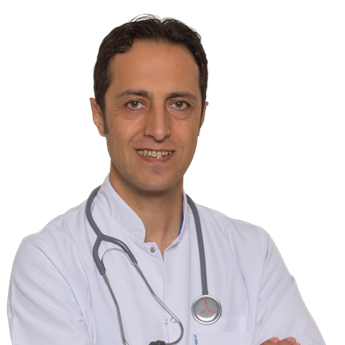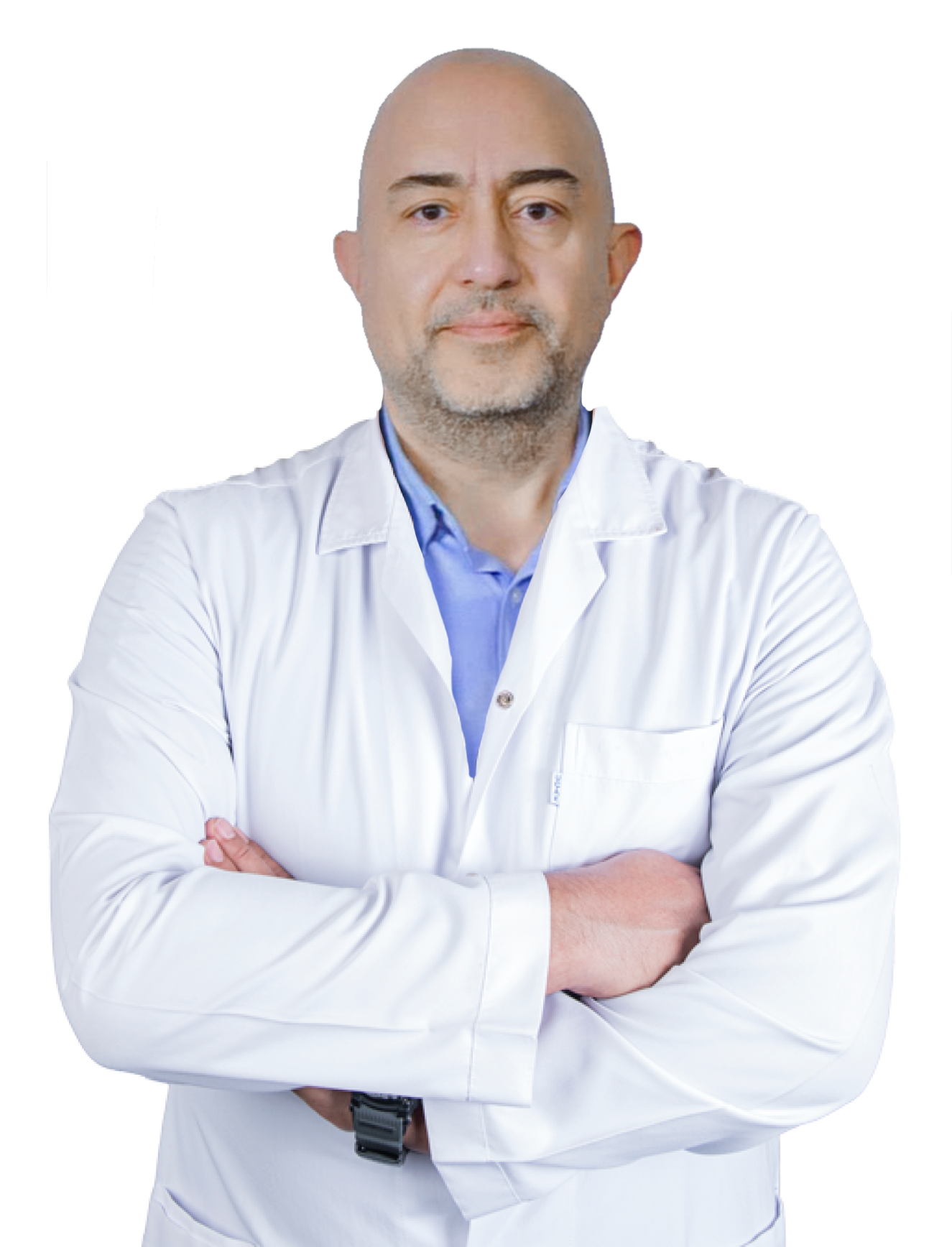ANESTHESIOLOGY AND REANIMATION
_1691068201.png)
Anaesthesia is the numbing process which is necessary in the treatment of health problems to be solved by surgical interventions and which is applied before the operation in order not to feel pain and ache during the operation. Anaesthesia is the general name of all types of anaesthesia and literally means numbness. Anaesthesia and Reanimation is a series of medical applications applied by specialist physicians to prevent the patient from feeling pain during surgery. The type of anaesthesia to be applied is determined by anaesthesia and reanimation specialists and is given to the patient at the prescribed rates with devices called anaesthesia delivery system, temporarily closing the consciousness. With continuously developing anaesthesia techniques, it is very important for both the patient and the physicians performing the operation to eliminate consciousness, reflexes and sensation while vital activities continue during the operation. Thanks to this application, which provides comfort to the patient during the operation, it is easier to perform the surgical intervention as reflexes are suppressed and muscle relaxation is provided.
Anaesthesia and reanimation specialists, who provide anaesthesia at an appropriate dose for patient groups of all ages before and during surgical operations, ensure that patients are awakened and their existing pain is relieved after surgery. They work together with all branches and decide and apply the type of anaesthesia to be given to the patient, taking into account the general condition of the patient and the nature of the surgery directed by the surgeon as a result of the examinations performed. The process starts with the administration of the medications necessary for the patient to enter the operating theatre comfortably before the operation and continues with the patient being anaesthetised with appropriate techniques. During the operation, the anaesthetist continuously monitors and monitors many parameters such as respiration, kidney and brain functions, blood level, temperature and urine amount of the patient under anaesthesia. After the operation, it monitors and controls the patient's respiratory functions and pulse rate until the patient regains all vital functions and the pain subsides. Anaesthesiologists monitor pregnant women during the operation for painless delivery and are also involved in intensive care wards and in cases where emergency intervention is required, such as sudden cardiac or respiratory arrest.
Types of Anaesthesia:
General Anaesthesia
After the patient is welcomed by the anaesthesiologist in the operating room, the anaesthesiologist first connects the patient to the necessary devices such as heart monitor and pulse oximeter that measures oxygen in the blood. With these devices, the patient's vital functions are kept under constant surveillance throughout the operation. Afterwards, special medications are administered through the opened intravenous line to induce muscle relaxation and drowsiness. The anaesthetist then administers inhalation anaesthetics, in other words different anaesthetic gases, together with oxygen through the respiratory tract. Thus, the patient's consciousness is controlled. After the continuity of respiration is ensured, the surgical intervention starts and the administration of these gases continues as long as the operation continues. The anaesthetist continuously monitors all vital functions such as pulse, oxygen concentration in tissues, blood pressure, body temperature and respiration. Modern anaesthesia equipment and the anaesthetist continuously monitor the depth of sleep, so that there are no awakenings or awakening during the operation. The duration of general anaesthesia is completely variable, depending on the type and duration of the operation. When the operation is completed, the anaesthetist switches off all inhalation anaesthetics and withdraws the tubes in the airway. The patient is taken to the recovery room to gradually awaken and recover and his/her general condition is checked. Painkillers are administered when necessary to reduce the existing pain. When the patient is fully conscious, the patient is switched to controlled analgesics.
Local Anaesthesia
Local anaesthesia is applied for minor surgical procedures in limited areas. Local anaesthesia, which is frequently used in procedures such as abscess drainage, mole removal, tooth extraction, circumcision, dermatological and aesthetic interventions; It is applied by injection, spraying or by applying on the skin. With this type of anaesthesia, which takes effect in about 15 minutes, only the area where the procedure is performed is numbed without loss of consciousness and sensation.
Regional Anaesthesia
It is a type of regional anaesthesia frequently used in some surgeries and especially in childbirth. In addition to spinal and epidural anaesthesia for both normal and caesarean section, combined spinal epidural anaesthesia can also be used. Thanks to these regional anaesthesia methods, the patient does not feel pain during the operation even though she is conscious.
Spinal anaesthesia can be applied before surgical operations performed at or below waist level, caesarean section or normal delivery. It is a type of anaesthesia that does not cause any pain or suffering during caesarean section and allows the mother to hold her baby immediately after delivery. During anaesthesia, the patient is seated and the lumbar region is sterilised.





